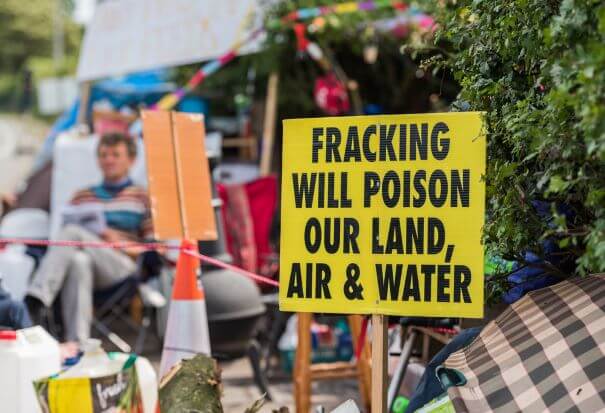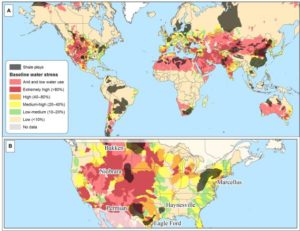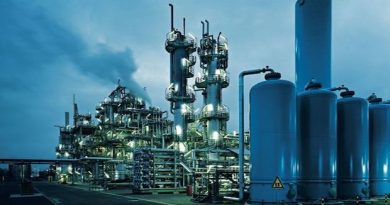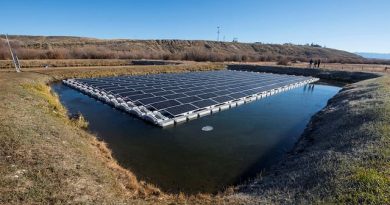US University Report provides Water Cannon to Anti- Fracking Brigade
 Not a Popular Business
Not a Popular Business
According to a recent study by Duke University, the water use for hydraulic fracturing and wastewater production in major shale gas and oil production regions has increased; from 2011 to 2016, the water use per well increased up to 770% in US. Considering that the US is effectively the ground zero of fracking, with the largest oil output from the process, as well as the biggest investments into it, the news could be a real dampener for the industry.

The amount of water used per well in fracking jumped by as much as nearly 9-fold, between 2011 and 2016, the study says. Even more dramatically, wastewater production in each well’s first year increased up to 15-fold over the same years.
After several years of limited production due to low natural gas and oil prices, Unconventional oil and gas exploration in the United States is experiencing a rapid growth, on thr back f high prices as well as improvement in fracking technology.
But now, the environmental impacts of the water footprint of fossil fuel exploration and electricity production is projected to have major environmental impacts. The study says that global water withdrawal for energy production constitutes 15% of the world’s total water consumption. Rapid population growth and climate change have further exacerbated energy dependence on water availability, particularly in water-scarce regions.
Monika Freyman, a water specialist at the green business advocacy group Ceres, said that in many arid counties such as those in southern Texas, freshwater use for fracking is reaching or exceeding water use for people, agriculture and other industries combined. Leading to calls for a ban on the process, much like many other parts of the world.
“I think some regions are starting to reach those tipping points where they really have to make some pretty tough decisions on how they actually allocate these resources,” she said.
Hydraulic fracturing — commonly called fracking — sends a combination of water, chemicals and sand at high pressure into the earth until the surrounding rock fractures. Fracking fluid, can be contaminated with heavy metals like arsenic, a known human carcinogen, and leak into local waterways, polluting drinking water as well as groundwater. People who live near fracking wells have a heightened risk of developing cancer, asthma, and other serious birth ailments associated with inhaling or ingesting toxic chemicals involved in the fracking process
Citing these implications, countries like France(2011), Germany(2012), Bulgaria(2012) and Scotland(2015) have all put bans on Fracking till there is concrete proof that fracking doesn’t affect their environment and water bodies. The UK, Romania, Denmark, Ireland, South African and the Czech Republic have all instated moratoriums on fracking.
In US too, it is officially banned in New York State, Vermont, and other small cities. In Ohio, 77 minor earthquakes were reported in a span of one month that have been reportedly linked to fracking activity.
While availability of drinking water is still a hot potato for many countries like China and India, which are struggling to provide potable water to its citizen. US has been wasteful in its endeavours even as its cities like West Virginia, Wisconsin and California are struggling with water. Ending a five-year moratorium, the Trump administration in September, took a first step toward opening 1.6 million acres of California public land to fracking and conventional oil drilling. This is when 63% of California county is facing drought, according to United States Drought Monitor system.

Environmentalists have called on Gov. Jerry Brown to ban the practice. The energy industry claims that there’s no evidence of environmental harm from fracking. The U.S. Geological Survey says that, when “conducted properly,” poses little risk to groundwater. The official statement however also does not invoke much confidence in the process. For an industry that seems to move in a classic boom and bust cycle, the chances that they will be in a position to pay any damages if awarded for claiming so in the future are also remote. Though with oil majors like Shell and others looking for a larger role in fracking, if proven wrong, fracking, the big hope of the oil industry might yet take it down faster.




